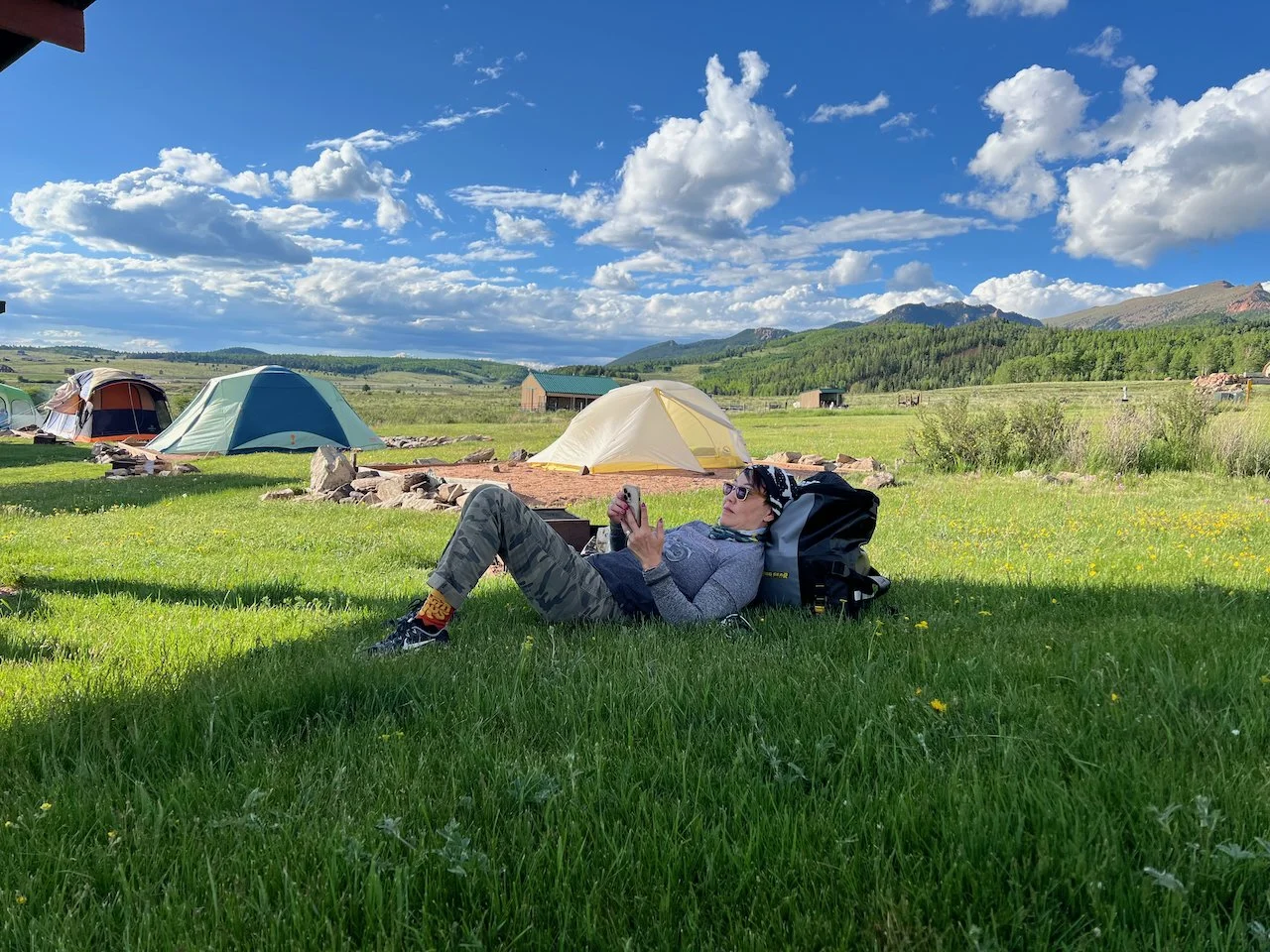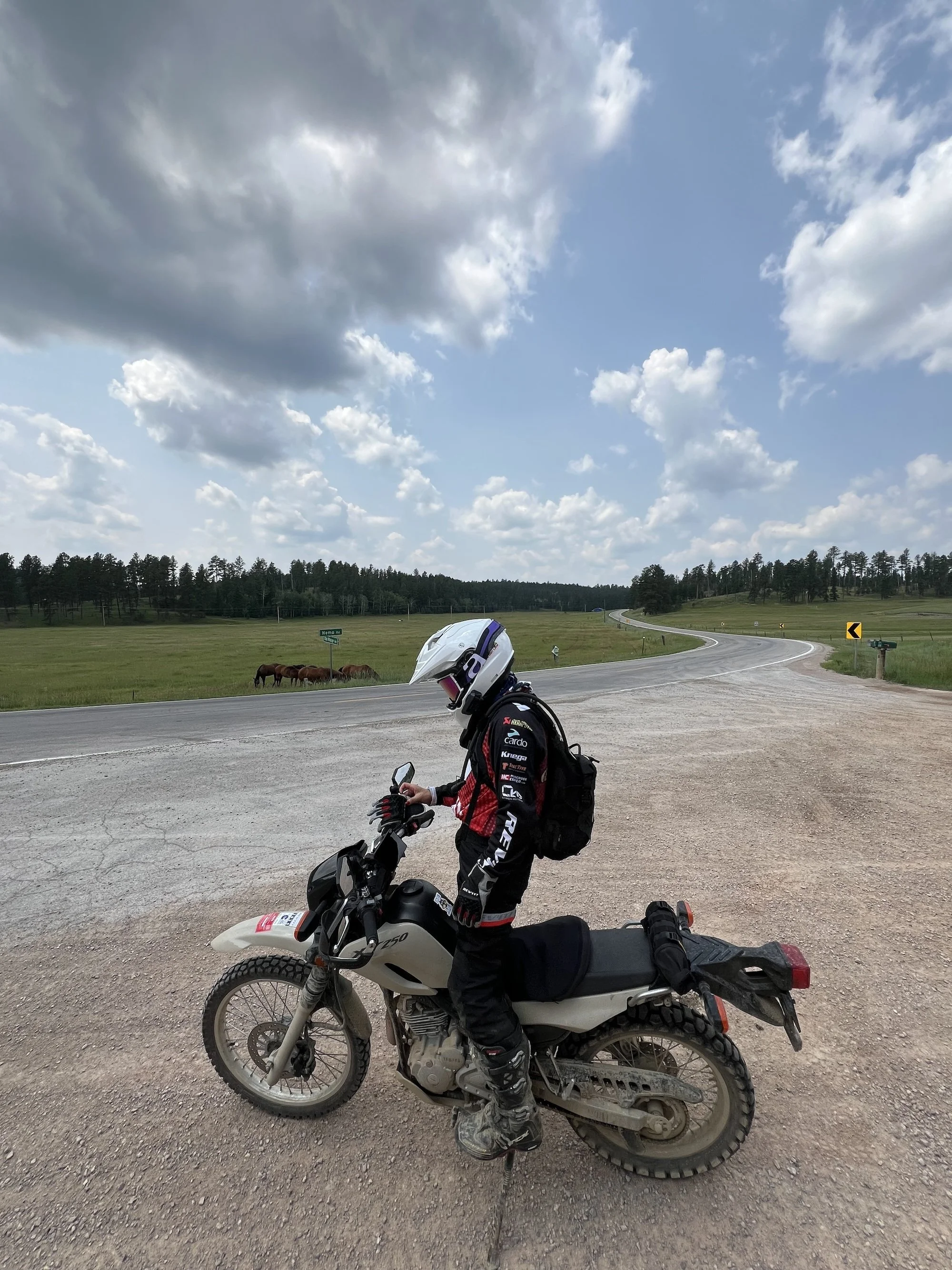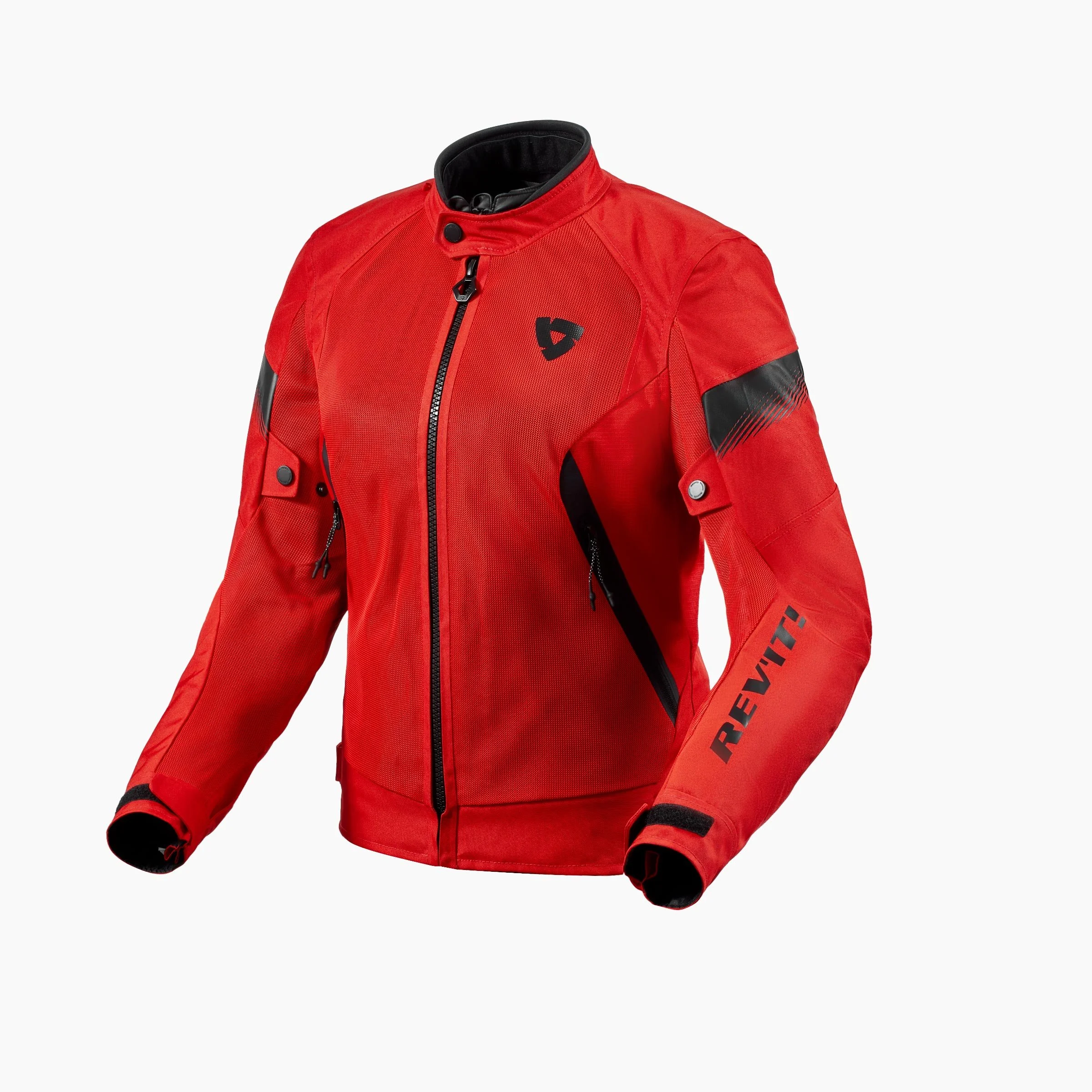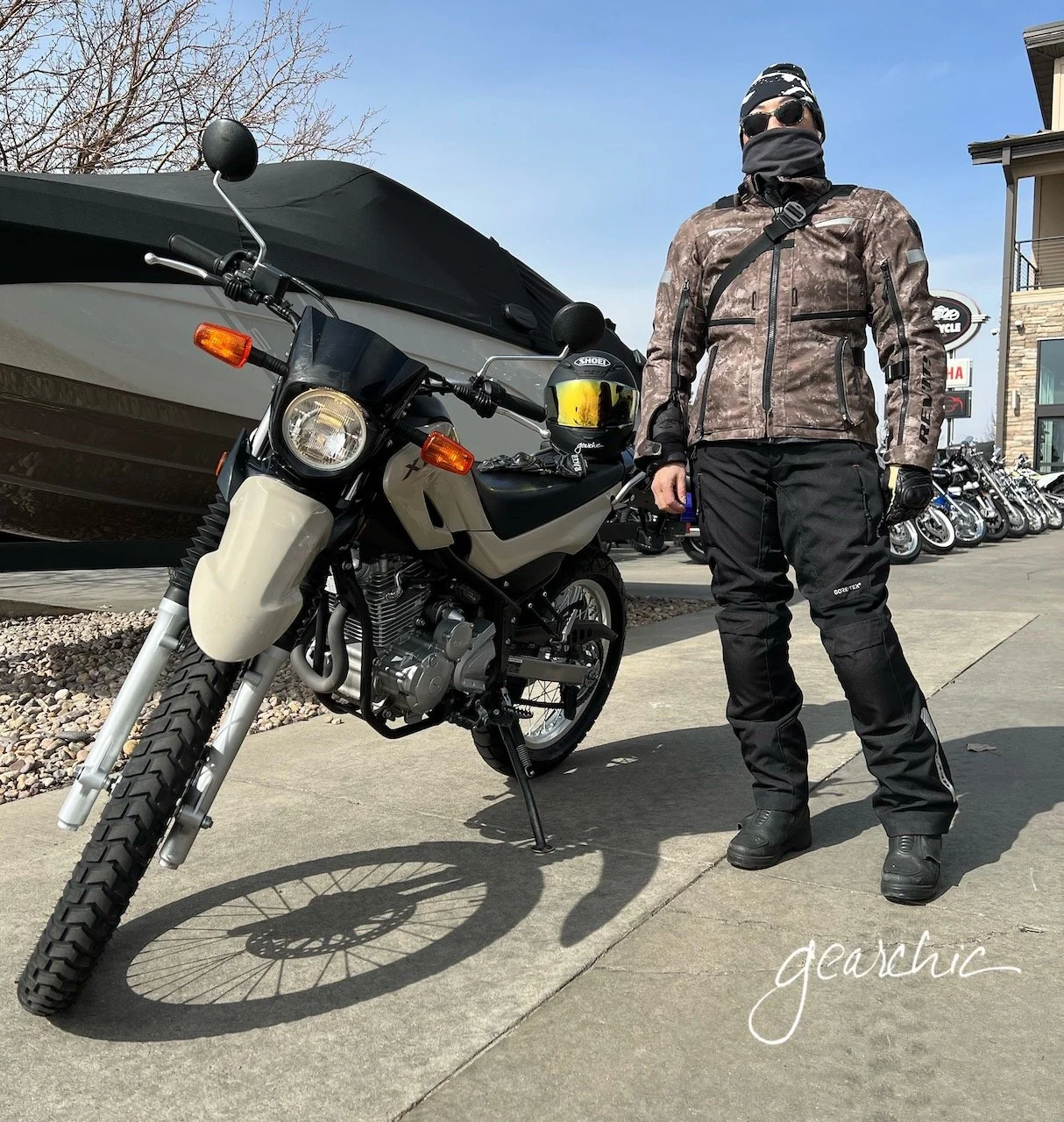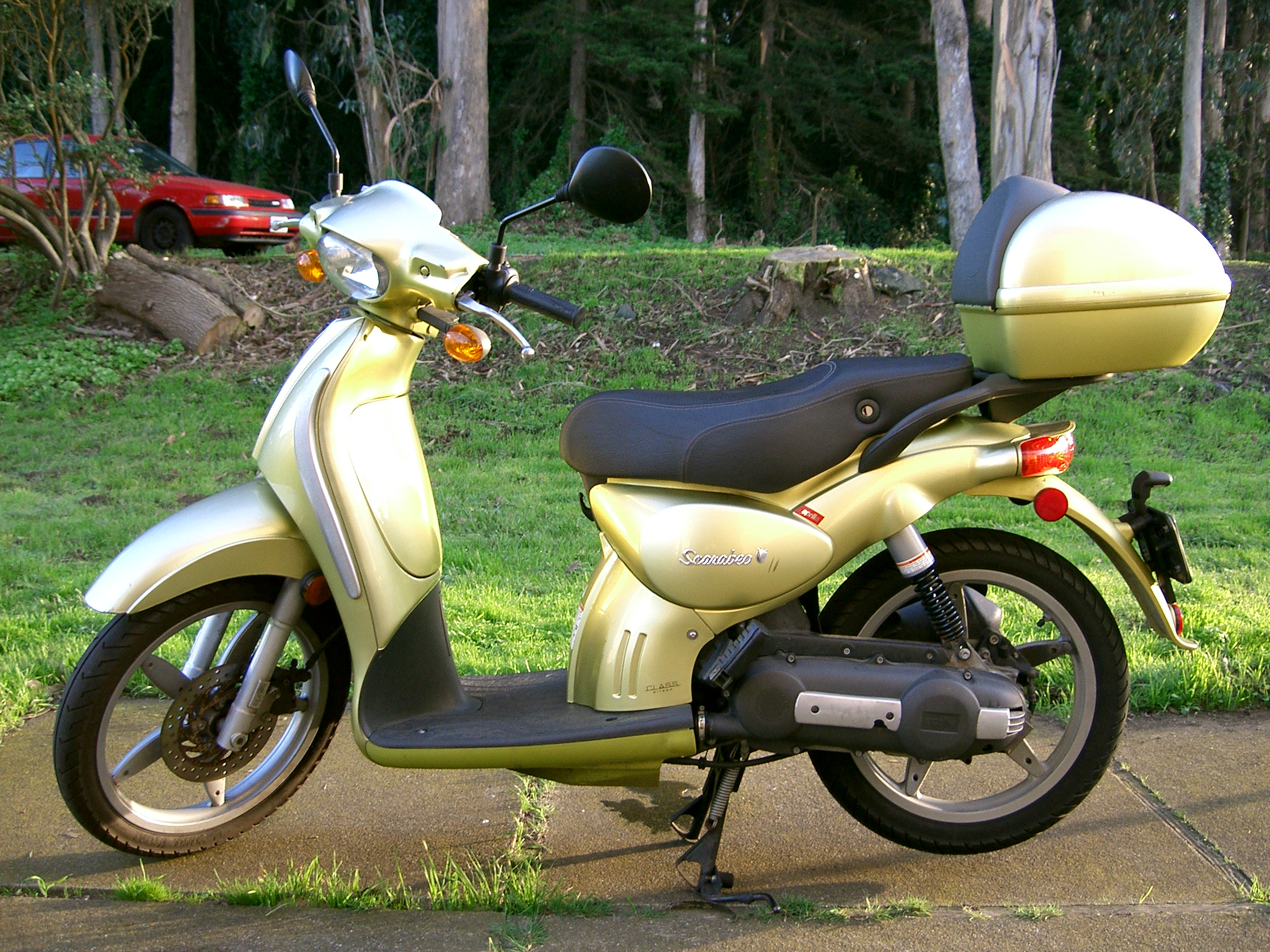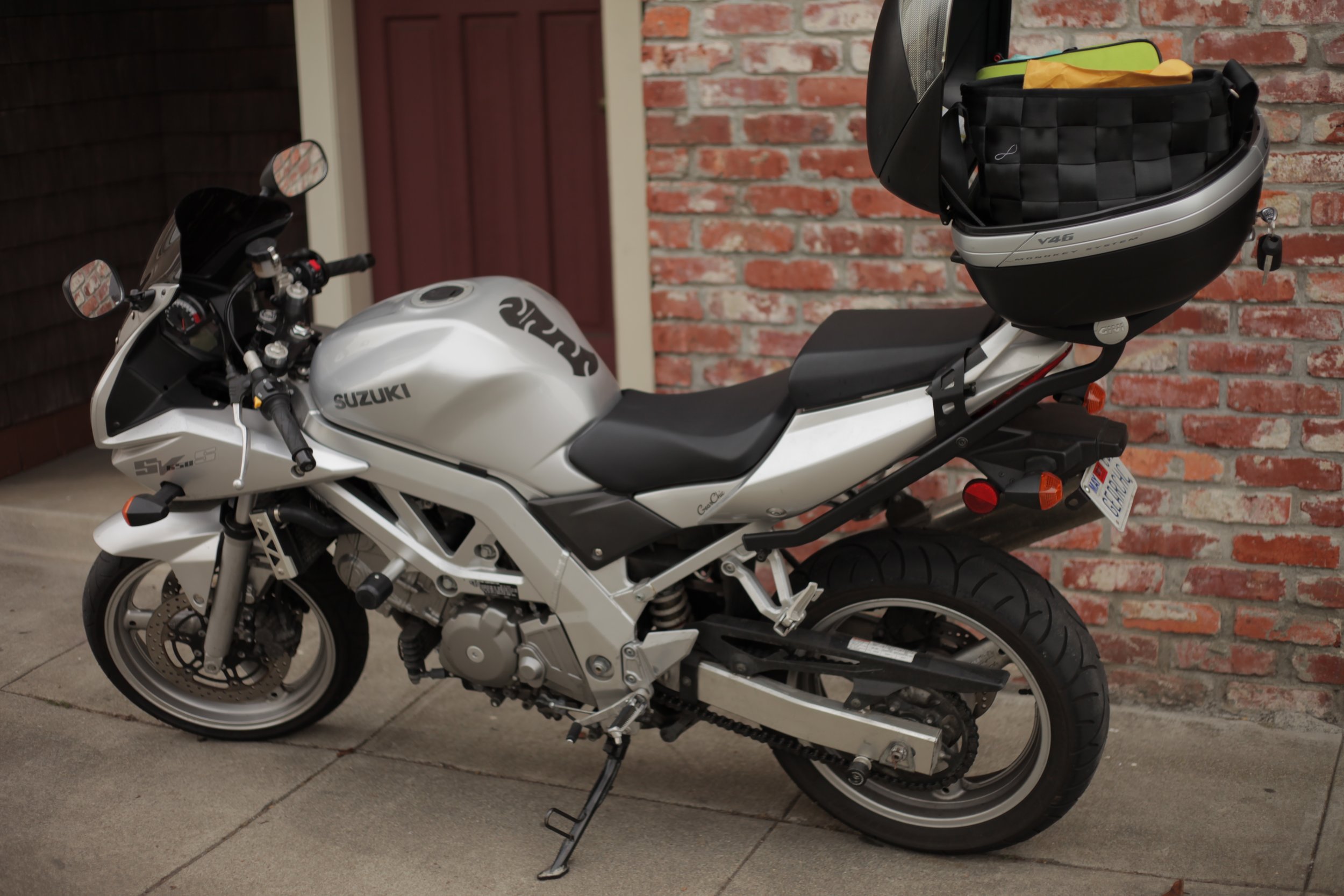Me, feeling supremely confident on my '12 Street Triple R. But it wasn't always that way.
Learning to ride a motorcycle is certainly about confidence. The majority of mine came from learning to ride the right bikes and increasing my skillset dramatically from bike to bike.
But there was always a small chunk of it that came from me telling myself that I could and "eff it". If something happens, I'll deal with it or call for help or whatever. I'm not going to be afraid of it anymore.
But keep in mind, that absolutely has to be within reason like when I decided to take the Ninja 250 to work instead of my scooter. I just went the 40 minute route to work (avoiding busy thoroughfares like Van Ness Avenue and Steep ass hills like Gough Street). I had already been commuting on my scooter to work for a year. This wasn't a huge jump from what I had already been doing. It was totally realistic given my experience and what I had been doing previously.
Me in 2006 on my first "long" ride outside of San Francisco to Half Moon Bay, a whopping 50 minutes one way!
This article says what I've witnessed and experienced personally in my 15 years of riding and helping other women learn to ride and talking to them about riding. And certainly my work life too. Why aren't we as confident from the get go? What is it about many of us (not all, I know, but more than most I'm sure) that holds us back from succeeding other than some of the most common mistakes new riders make ?
When all of our ducks are in a row, we still feel like we don't deserve it or are that good. I still feel like I'm terrible at riding at times. I'm terrible at nailing my lines every time I go riding, I'm terrible at braking. I'm terrible at cornering. I mean, okay I'm not horrific in that I crash every time I ride, but when I do go out I'm constantly critiquing myself and trying to figure out what I could've done better to take that particular corner better/faster/smoother. Is that just a regular aspect of riding? I'm guessing many of my male readers are going to argue that "of course, I think that too".
But how many of you think that way in your everyday life as many women have experienced per this article?
Riding as many of us know is 90% mental, 10% physical (that's why YOU DON'T HAVE TO BE ABLE TO PICK UP YOUR MOTORCYCLE to ride it).
I recently joined this cool interactive panel of my fellow women riders about how we got into riding and some of the barriers we ran into along the way. There are some really great tips and advice here that I think many of you can relate to:
https://www.cake.co/conversations/HKn99Mb/a-panel-of-women-who-motorcycle-what-it-s-like-in-a-sport-with-a-bad-boy-vibe
So if something is holding you back, what do you think that is?

